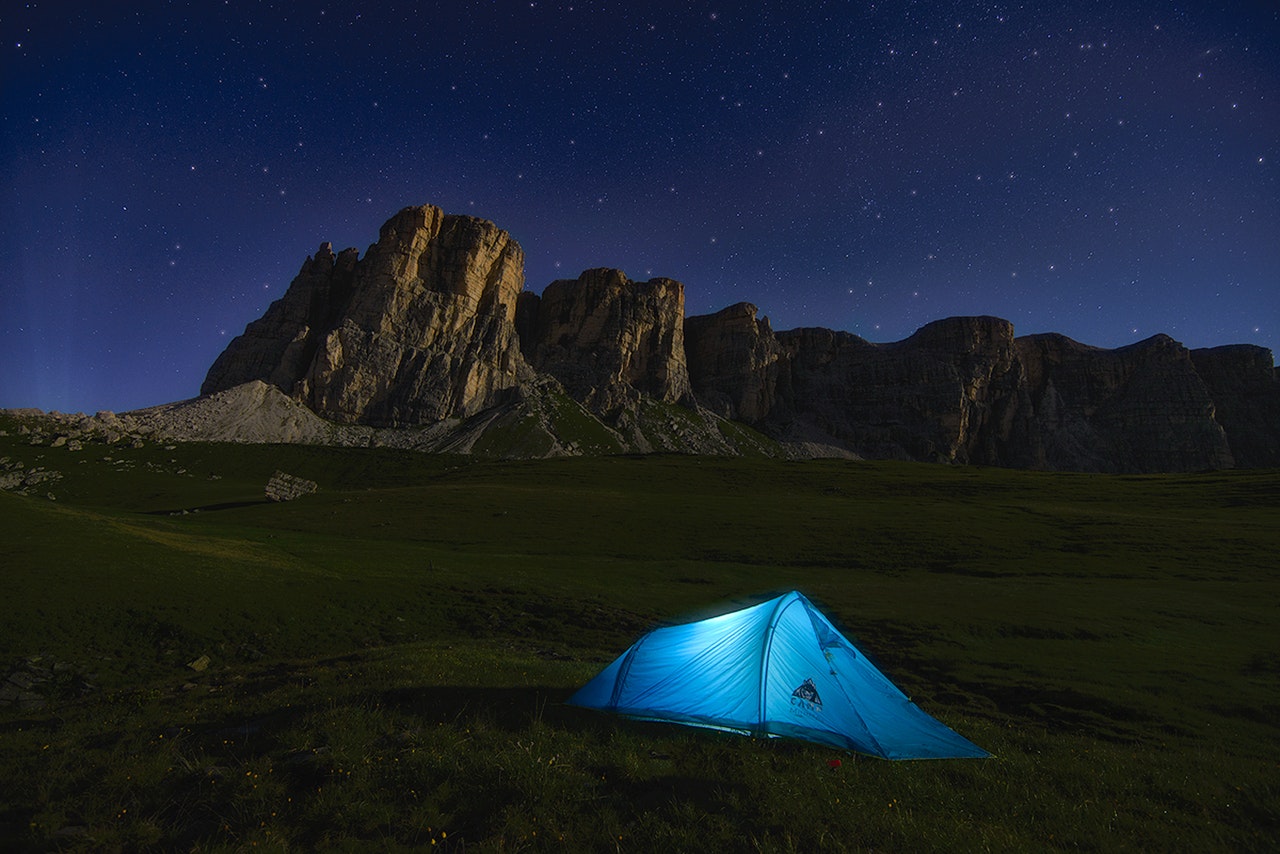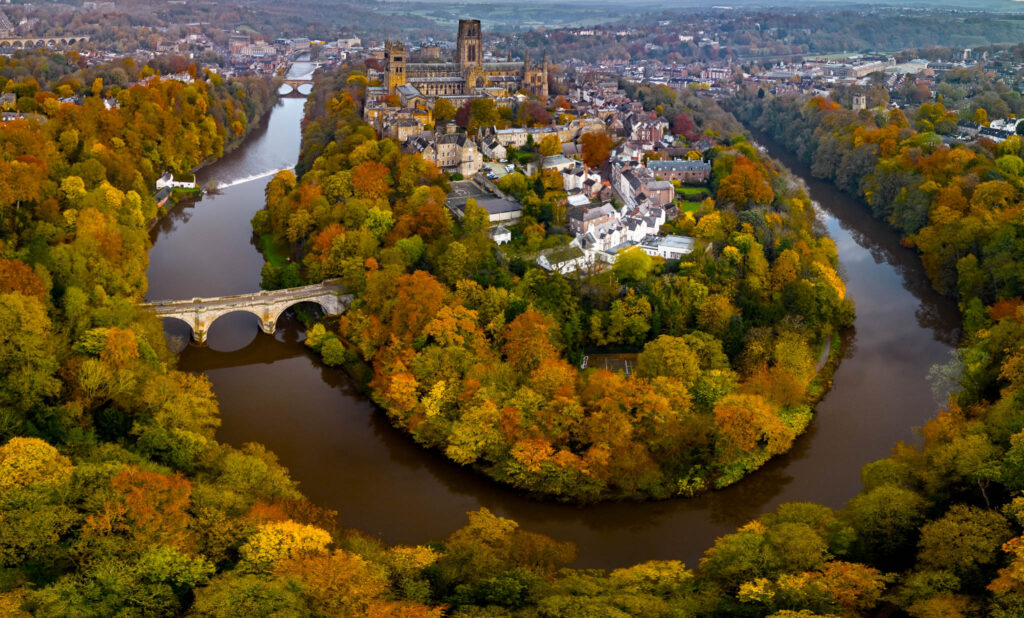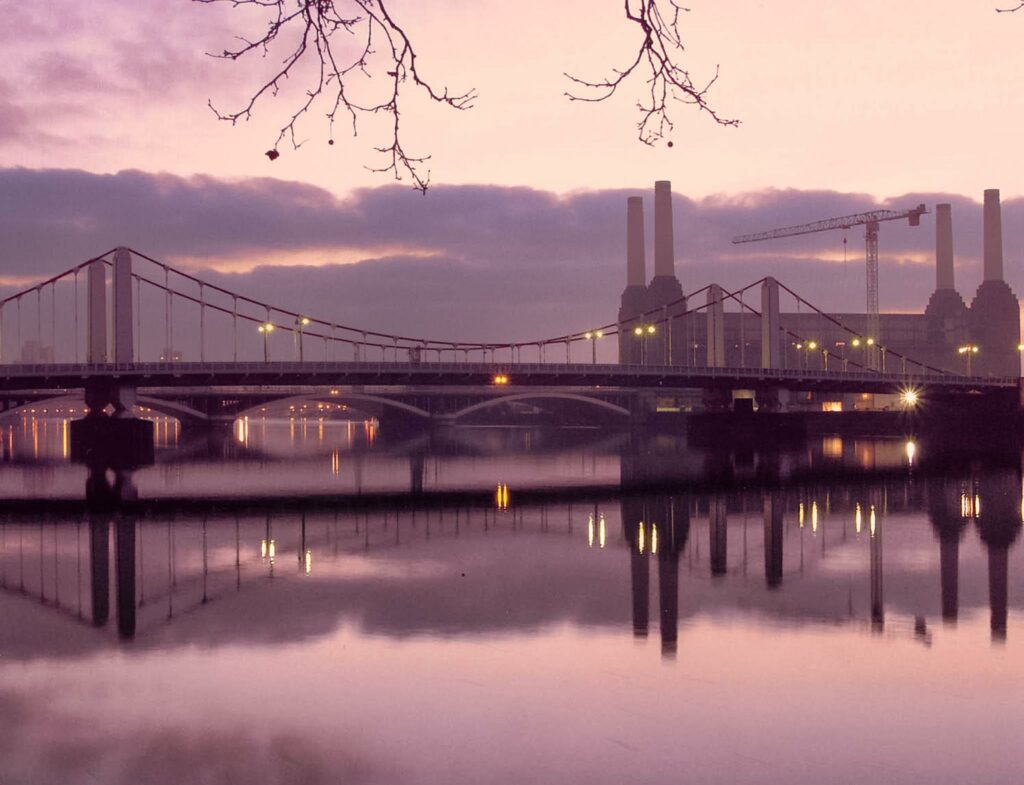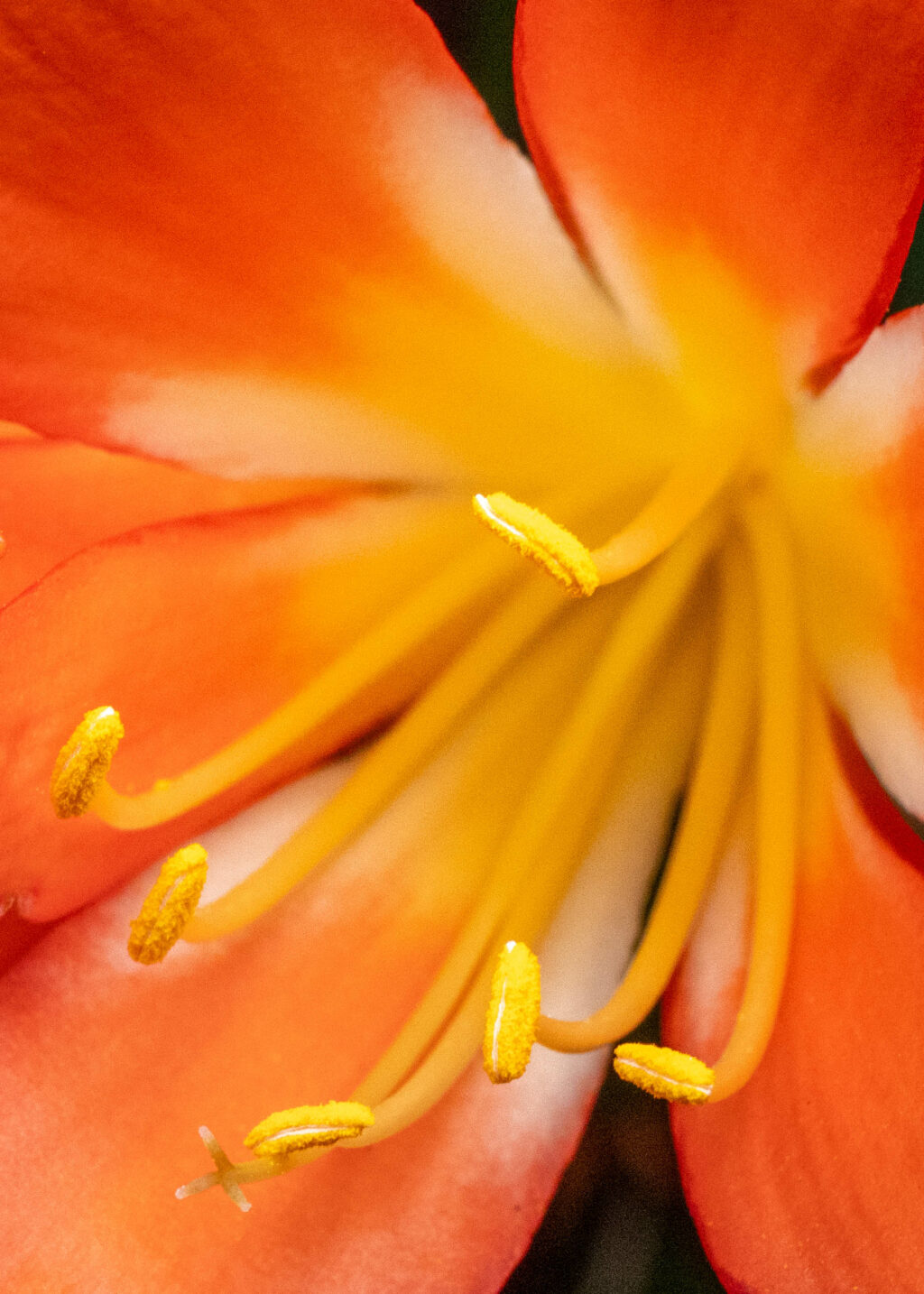If there is one thing that can really ruin an otherwise decent photograph, it's motion blur and while intentional motion blur has its place as a composition technique, getting by mistake is a real downer. Now, there are a lot of ways you can ensure you get crisp shots and avoid unintended motion blur, some of which you can read about here, but today we wanted to concentrate on the ways to keep your camera as still as possible (which is one of the ways).

Hold Your Camera Properly – Basically, you will usually want to hold your camera in a way that maximises your strength from beneath. For most people that means holding the weight of the camera with the left hand underneath it and controlling it with your right hand.
Brace Yourself Against an Object – The next step if you cannot quite get as stable as you want free holding your camera is to brace yourself against something. A wall, a telephone pole, a doorway – anywhere that won't move. This will give you even more stability.
Get a Good Tripod – The first step that most people take into the world of stabilizing a camera is to get a tripod. One thing here is not to skimp. A good tripod will last you a lifetime and you want one that suits your style of shooting. If you're planning on shooting rugged landscapes, you will want as heavy as possible for stability, but as light as possible for carrying it – so you have some thinking to do. Take a look at our guide here.
Get a Good Monopod – A halfway option, and something that is a lot more versatile than a tripod is a monopod. If you have a reasonably steady hand a monopod isn't a bad option.
Weigh Down Your Tripod – Sometimes your tripod can get knocked around a bit – usually by a strong wind. Most good tripods have a little hook somewhere near the head which is designed to hang things off to weigh it down and hopefully stablise it. Some people hand their camera bag off it, but that has always seemed a bit awkward to me. I prefer to hang a bag of rocks off it (just carry a plastic bag that you can fill.
Minimise Exposure to the Wind – While it's obviously not always possible to get out of the wind, sometimes you can sneak behind an object, rock or hill. Other times you can simply stand in position as a windbreak to your tripod. Do whatever it takes.
Use a Sand Bag – A lot of photographers who don't want to carry around a heavy tripod and head simply take a purpose-built sandbag with them. Some people even just fill them up with sand or dirt on site when they're shooting and then lay their camera on them to shoot (using the timer). Not a bad idea if you particularly weight conscious.
Now a lot of these tips require a bit of planning, but sometimes you show up and stuff happens. The trick is to know there are no particular rules – do whatever works to stabilize your camera. The sharper shots make it very much worth thinking both inside and outside the box.







1 Comment
Another way to stabilize the camera when you do not want to carry weight around is to use a rope tied on one end to the camera and you step on the other end so it is tight at your normal shooting position. This reduce at least a little the vertial movement of the camera. It had worked for me in the past